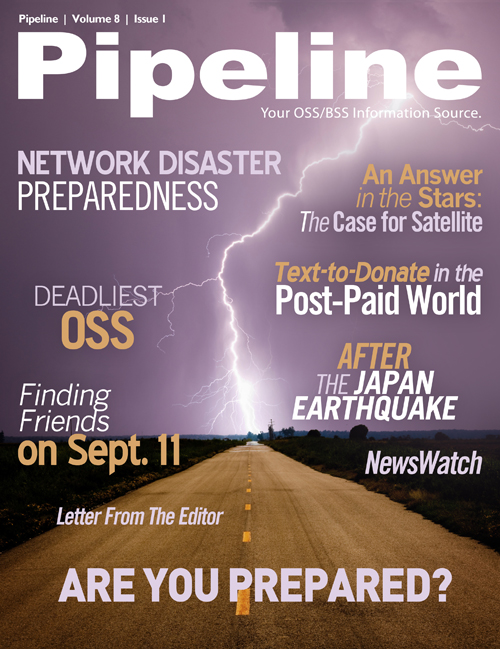The Future
Satellite connectivity faces inherent limitations. First, the fact that a satellite signal must complete a 44,000-mile roundtrip means a significant amount of latency is to be expected. For real-time applications like videoconferencing, this latency can prove to be crippling. Second, weather conditions can interfere with satellite signals (so-called rain fade), and in particular, the higher bandwidth signals, like Ka band. Again, this is relative to the distance of the orbiting satellites from their terrestrial counterparts. Several new strategies aim to overcome these problems by locating satellites—or clusters of satellites—closer to the earth.
Commstellation is likely the most interesting, since it has moved from concept to reality and will launch in 2014. The Commstellation strategy is to deploy a cluster of 78 microsatellites into a much nearer orbit—just 1,000 km from the surface of the earth. This will reduce effective latency to just 7ms (vs. current latency times of 500ms or more). And each microsatellite will offer 12Gb/s throughput, meaning the full constellation will offer some serious horsepower.
A more adventurous solution seeks to use solar-powered ultralight aircraft in place of geostationary satellites, flying under computer control at just 20,000 meters above the earth. This would reduce latency even further, to .25 ms. While there are studies being conducted into an ultra-low orbiting array, this is purely conceptual at this point.


Conclusion
Satellite technology has come a long way, and is increasingly part of the overall strategy for rural carriers, mission-critical enterprise backup, and emergency relief. It will continue to gain popularity with international governments (to wit: the U.S. National Broadband Plan has already begun subsidizing satellite internet in rural communities). Satellite is very effective for transmitting narrowband data at high speeds—transaction information—yet faces latency challenges and bandwidth limitations that make a true broadband data experience either expensive or annoying or both. It’s the go-to solution for rural markets, and its ability to be deployed at a moment’s notice makes it a default disaster relief solution. And in the future, it looks like many of the limitations facing satellite will be addressed and it could begin to compete with wireline networks.
But for now, terrestrial is the hands-down king for large-scale networks in terms of cost, speed, latency, and scale. The amount of data handled by a Tier 1 operator is just too mammoth for satellite. And as we’ve seen here, it’s not the speed that’s costly, it’s the amount of data transmitted and received. For example, the monthly cost for a 200Gb of bandwidth, about what you’d get with a $35 cable internet plan, carries a massive pricetag in the sky: at least $1,500! And while we will continue to see satellite deployments in rural markets, it will probably be at least five years before satellite is used as a backhaul solution for even smaller carriers.








